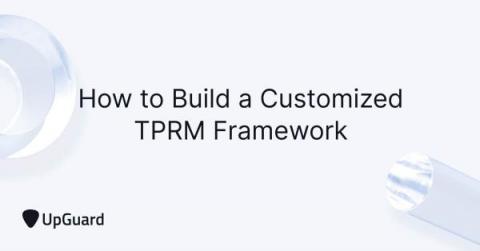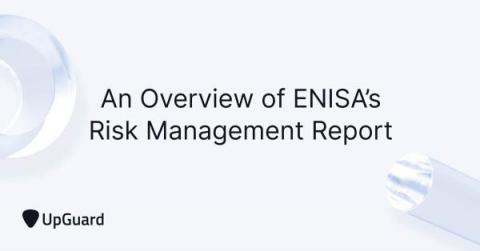What a Cybersecurity Risk Management Process Entails
Organizations today are at greater risk of a cyberattack than ever before, and that risk will only grow as new technologies keep emerging in the future. That means an ever greater need for cybersecurity risk management — that is, the process of identifying, analyzing, prioritizing, and mitigating your organization’s cybersecurity risks.








